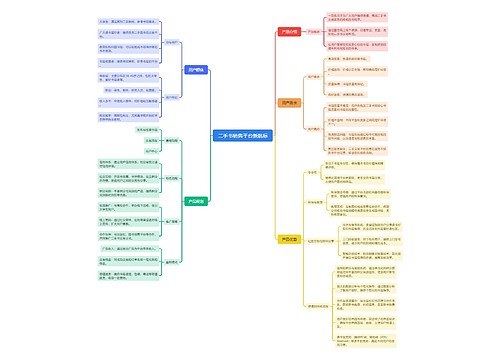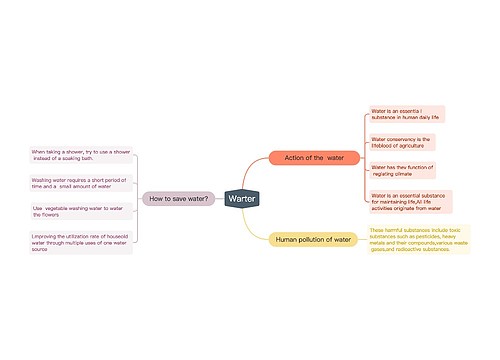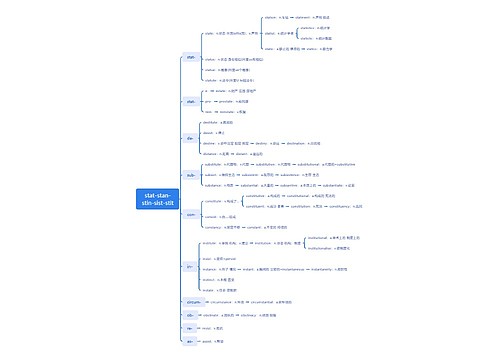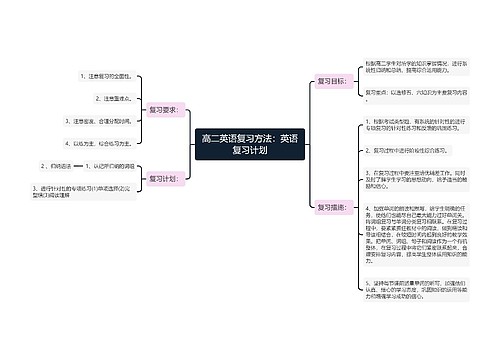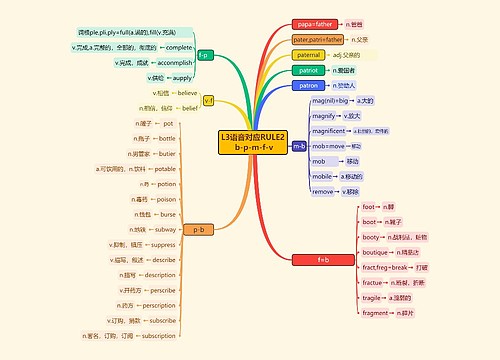1)基本概念和形式动词不定式(infinitive)是一种非限定动词,由不定式符号to加动词原形所构成。动词不定式有动词的特征,同时也有名词、形容词和副词的特征。
He wants to study Japanese.他想学习日语。(动词不定式to study后面有宾语Japanese)
The rain continued to fall heavily.雨继续下得很大。(动词不定式to fall后面有状语heavily)
动词不定式加宾语或状语构成动词不定式短语,如上二例中的to study Japanese和to fall heavily。
用法动词不定式具有名词、形容词和副词的特征,所以它在句子中可用作主语、表语、宾语、定语和状语。
To lean out of the window is dangerous.把身子伸出窗外是危险的。
To talk with him is a great pleasure.和他谈话是一件非常愉快的事。
To die for the people is a glorious death! 为人民而死,虽死犹荣。
动词不定式短语作主语时,往往放在谓语动词的后面,而在句首用引词"作语法上的主语。上述两句即可改为:
It is a great pleasure to talk with him.
It is a glorious death to die for the people.
注意也常用"It is+形容词+动词不定式短语"这样的句型:
It is necessary to make a plan for this course of study.必须订一个学习这门课程的计划。
It is not difficult to learn a foreign if you spend time and effort on it. 小只要你花时间下功夫,学好一门外国语并不难。
It's just impossible to see that and not weep.看见那种情景而不哭是根本不可能的。(注意weep之前省去了to,以免重复)
Her wish is to become an astronaut.她的愿望是成为一名宇航员。
Our plan is to finish the work in two weeks.我们的计划是在两周内完成这项工作。
His only desire was to be useful to the country.他唯一的愿望是做一个对国家有用的人。



